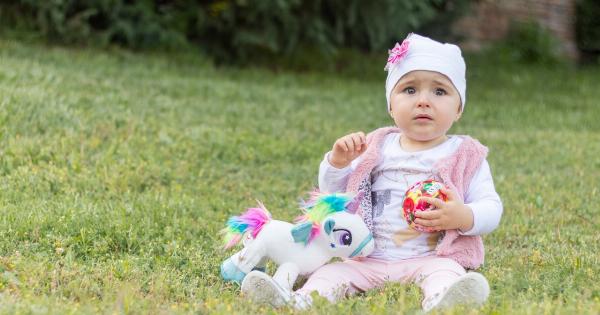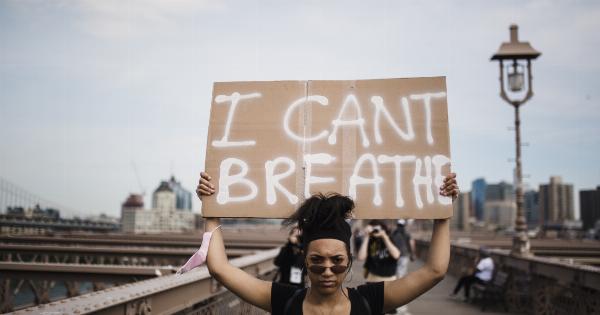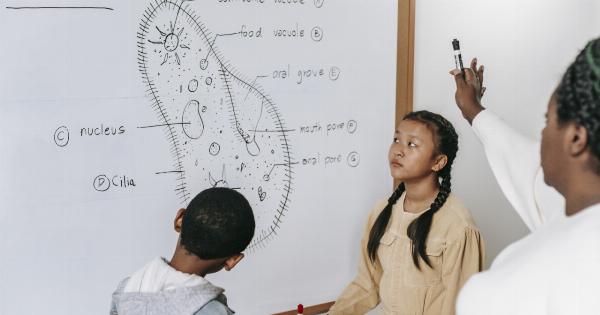The relationship between younger and older generations has always been complex and dynamic. It is not uncommon to see a clash of ideologies, criticism, and even outright hostility between these two age groups.
In recent times, there has been a noticeable increase in the younger generation’s tendency to criticize and hate on the older generations. This phenomenon begs the question: why do the younger generation hate on older generations? In this article, we will explore some of the underlying reasons behind this animosity and attempt to gain a deeper understanding of the generational divide.
1. Cultural Disconnect
One major cause of animosity between the younger and older generations is a significant cultural disconnect.
The world is evolving rapidly, and technological advancements have transformed the way people interact, communicate, and understand the world around them. Older generations may find it difficult to adapt to these changes, leading to a misunderstanding of the priorities, values, and behaviors of the younger generation.
This cultural gap can breed resentment and disdain, fueled by the perception that older generations are out of touch or resistant to change.
2. Clash of Ideologies
Ideological differences play a significant role in the generational divide. Each generation grows up in a different socio-political context that shapes their beliefs, values, and priorities.
These differences can lead to conflicting worldviews, with younger generations advocating for progressive change while older generations may be more conservative in their approach. The clash of ideologies can lead to a sense of frustration, with each generation perceiving the other as holding outdated or misguided beliefs, leading to animosity and hostility.
3. Economic Factors
The state of the economy also contributes to the tension between younger and older generations. In many societies, older generations enjoy certain privileges and benefits that younger generations often perceive as unfair.
Issues such as pension schemes, healthcare entitlements, and property ownership can create resentment and foster a negative sentiment towards older generations. The economic disparities can amplify the perceived generational divide, especially in times of economic uncertainty or recession.
4. Intergenerational Conflict
Conflict between generations is not a new phenomenon. Throughout history, there has always been tension and disagreement between younger and older individuals. This clash is often rooted in a struggle for power, influence, and resources.
Younger generations may feel that their ideas and contributions are being overshadowed or dismissed by the older generations, leading to frustration and animosity. On the other hand, older generations may view the younger generation as inexperienced and impulsive, leading to a lack of trust and respect.
5. Changing Social Norms
Social norms and cultural expectations are constantly evolving. The younger generation, growing up in a different time and society, may challenge traditional norms and question established practices.
This can create a sense of discomfort or unease among older generations, who may view these changes as a threat to the social fabric they are familiar with. The resistance or opposition to changing social norms can create friction and contribute to the animosity between the two generations.
6. Communication Gap
Another significant factor contributing to the animosity is the communication gap between the generations. With the advent of technology, communication methods have undergone a dramatic transformation.
The younger generation is more adept at utilizing digital platforms, social media, and instant messaging, while older generations may struggle to keep up. This communication gap can lead to misunderstandings, misinterpretations, and a breakdown in effective dialogue. The lack of effective communication exacerbates the generational divide, fueling the animosity and resentment between the two groups.
7. Stereotyping and Generalization
Both younger and older generations are often guilty of stereotyping and generalizing each other. Such stereotypes create a negative perception that further widens the gulf between the generations.
Older generations may stereotype the younger generation as entitled, lazy, and disrespectful, while the younger generation may stereotype the older generation as rigid, technologically illiterate, and resistant to change. These preconceived notions hinder meaningful dialogue and contribute to the hatred and animosity that plagues the interactions between the two groups.
8. Fear of the Unknown
Fear of the unknown plays a significant role in fueling the animosity between generations.
Change can be intimidating, and the rapid pace of technological advancements and societal shifts can leave older generations feeling overwhelmed and uncertain about the future. This fear can manifest as a defensive reaction, with older generations projecting their apprehensions onto the younger generation.
Likewise, the younger generation may fear inheriting a world burdened by issues left unresolved by the older generation, leading to resentment and a sense of injustice.
9. Lack of Empathy
Empathy is crucial for bridging the generational gap, but it is often lacking in intergenerational relationships.
Each generation faces unique challenges, and failure to understand and empathize with these challenges can lead to resentment and animosity. The younger generation may struggle to recognize the difficulties older generations faced in their time, while the older generation may fail to appreciate the pressures and issues faced by the younger generation in the modern era.
The absence of empathy perpetuates the cycle of hatred and prevents meaningful understanding and collaboration between the generations.
10. Media Influence
The media plays a significant role in shaping our perceptions and attitudes towards different age groups.
Media portrayals of generational conflict may exaggerate the divide, reinforce stereotypes, and amplify the tensions between the younger and older generations. The media’s tendency to sensationalize conflict and focus on dividing issues may create a distorted image of intergenerational dynamics and contribute to the animosity and hatred exhibited by the younger generation towards older generations.
Media literacy and critical thinking skills are crucial for recognizing and challenging these narratives.
Conclusion
The animosity that exists between the younger and older generations is a complex issue with multiple contributing factors.
A combination of cultural disconnect, clash of ideologies, economic disparities, and intergenerational conflicts creates a breeding ground for hatred and animosity. Addressing this generational divide requires open dialogue, empathy, and a willingness to challenge stereotypes and misconceptions.
By fostering understanding and respect between the generations, we can bridge the gap and work towards a more united and harmonious society.































